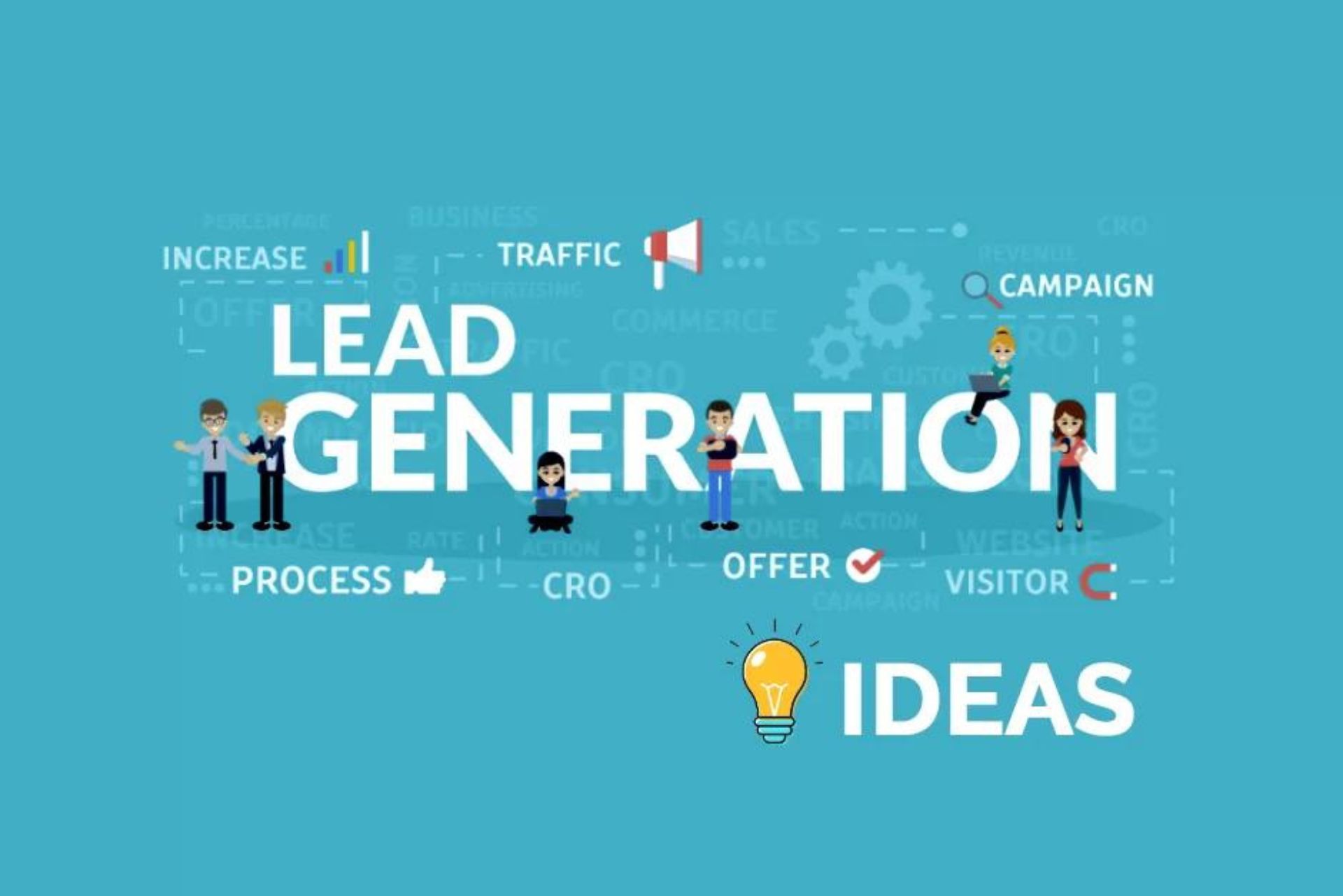#1 Lead Generation & CRO Course with Certification
Classroom Training | Live Online Session
Increase your conversion rate without any additional investment with these tried & tested strategies taught in ProiDeators Online & Offline Lead Generation & CRO Course.

1-on-1
Mentoring Sessions
Beginner
Course Level
Flexible Per Course
Timing
1000+
Students Trained
Lead Generation & CRO Course Details
Industry-Relevant Curriculum
1:1 Mentoring Session with Expert Trainers
No Prior Experience/Knowledge required
Access to LMS
Dedicated Q&A Support & Doubt Solving Sessions
Practice Tests & Assignments
Get Brochure Now !
Lead Generation & CRO Course Syllabus
Our Lead Generation & CRO Course is designed for experienced professionals of the industry who wish to improve the conversion rates without having to increase their budgets. All the CRO techniques will help you boost your profits from the existing budgets.
- AIDA Recap
- Sales Related Funnel
- How Awareness Marketing Can Be A Trouble
- What is Conversion Rate Optimizations?
- Identify High Intent Keywords
- Online Reputation for Sales
- Competitive Keywords with High Intent
- Image Optimisation for Social Media Ads
- Best Formats for Video Ads on Youtube
- Best Practices for Call to Actions
- Best Practices for Email Marketing
- Best Practices for SMS
- Best Practices for WhatsApp
- Bargaining Chatbots for Ecommerce
- Best Practices for Pop-ups
- Best Practices for Telecalling Scripts
- How to Maximize Leads from Existing Budgets
- Drastically Improve Sales and Improve Efficiency
- Overall Best Practices for Lead Generation & CRO
- 3 Golden Rules of Marketing
What Our Students Say
 “I enrolled for ProiDeators SEO, Social Media short-term certification courses. I am satisfied with this course and teaching. Also, I got all certificates from there for SEO & Social Media. I would totally recommend going for these short-term certification courses.”
“I enrolled for ProiDeators SEO, Social Media short-term certification courses. I am satisfied with this course and teaching. Also, I got all certificates from there for SEO & Social Media. I would totally recommend going for these short-term certification courses.”
– Pooja Yadav
Student of SEO & Social Media
 “Best short term course for Website Development & Google Analytics. Excellent institute for practical knowledge. It gives you quality as it promises. Specially the teachers are very good who teach with examples that make it easy to understand.” Best Digital Marketing Courses Institute.
“Best short term course for Website Development & Google Analytics. Excellent institute for practical knowledge. It gives you quality as it promises. Specially the teachers are very good who teach with examples that make it easy to understand.” Best Digital Marketing Courses Institute.
– Pratik Shirore
Student of Masters in Digital Marketing, India
Lead Generation and CRO in Digital Marketing Training Courses at Thane, Mumbai – India
Lead generation is the process of identifying and fascinating potential customers (leads) who have shown interest in the company’s product and services. The agenda of lead generation is to capture the contact information about the customers such as name, mobile number, email address so that they can be served eventually and get them converted into customers.
Lead generation method can differ depending on the industry and target audience. There are multiple ways to generate leads for the business. Lead generation plays a key role in digital marketing domain. Digital marketers must learn the techniques behind lead generation and variation to get the qualified leads for the business. Businesses get complete when you are eligible to generate users for business and convert them into customers. To learn new trends and strategy you must explore digital marketing certification course which is designed especially for working professionals, graduates, businessman, homemakers etc.
Here are the some common lead generation strategies that can be used for the businesses:
Content Marketing: Leads can be generated through content marketing if your content has a power to captivate your audience attentions. Creating and sharing valuable content in the form of blog, articles, videos, post, reels or webinar can fascinate users and get leads for the business. Sharing and distributing content through different digital marketing platform can help your brand to generate leads for the business.
Landing Page Techniques: Landing page can be developed and designed in such a manner that visitors can reach the page and must take action to fill the contact details. There are businesses that depend completely on landing page techniques to get their customers online and convert them into conversion later. Landing pages are optimized to capture leads by minimizing distractions and focusing on the value proposition.
Forms and Opt-in Boxes: Placing forms or opt-in boxes strategically on websites or landing pages to collect lead information. These forms typically ask for basic contact details in exchange for a valuable resource, subscription, or access to exclusive content.
Social Media Marketing: Utilizing social media platforms to engage with the target audience, share valuable content, and direct them to lead capture mechanisms such as landing pages or sign-up forms.
Email Marketing: Using email marketing campaigns to nurture leads and build relationships. By providing valuable content and personalized messages, businesses can keep leads engaged and move them further along the sales funnel.
Paid Advertising: Running paid ads campaign online in the form of advertisements such as search engine ads or social media ads, to drive traffic to lead generation pages and capture contact information.
What is Conversion Rate Optimization (CRO)?
Conversion Rate Optimization (CRO) is the practice of improving the conversion rate of a website or landing page. The conversion rate represents the percentage of visitors who take a desired action, such as making a purchase, filling out a form, or subscribing to a newsletter. CRO aims to enhance the user experience, remove barriers to conversion, and optimize the design and functionality of a website or landing page to maximize conversions. Some common CRO techniques include:
A/B Testing: Comparing different versions of a web page or element (such as headlines, layouts, or CTA buttons) to determine which version performs better in terms of conversions. A/B testing helps identify the most effective elements and optimize them for better results.
User Experience (UX) Design: Enhancing the overall user experience by improving website navigation, page load times, mobile responsiveness, and ease of use. A positive user experience can positively impact conversions.
Clear and Compelling Call-to-Action (CTA): Ensuring that the CTA is prominent, visually appealing, and clearly communicates the desired action to visitors. Optimizing the placement, wording, and design of CTAs can improve conversion rates.
Simplified Forms: Streamlining and simplifying the forms on a website or landing page to reduce friction and increase the likelihood of completion. Minimizing the number of required fields and providing clear instructions can improve form conversion rates.
Website Copy and Messaging: Optimizing the content and messaging on a website to align with the target audience’s needs, pain points, and motivations. Compelling and persuasive copy can influence visitor behavior and encourage conversions.
Heatmaps and User Behavior Analytics: Analyzing user behavior through tools like heatmaps, session recordings, and click tracking to identify areas of improvement and understand user interactions and preferences.
By implementing CRO strategies, businesses can improve their conversion rates, optimize marketing efforts, and increase the return on investment (ROI) of their digital marketing campaigns.
Therefore, lead generation focuses on capturing contact information from potential customers, while CRO aims to optimize websites and landing page.
